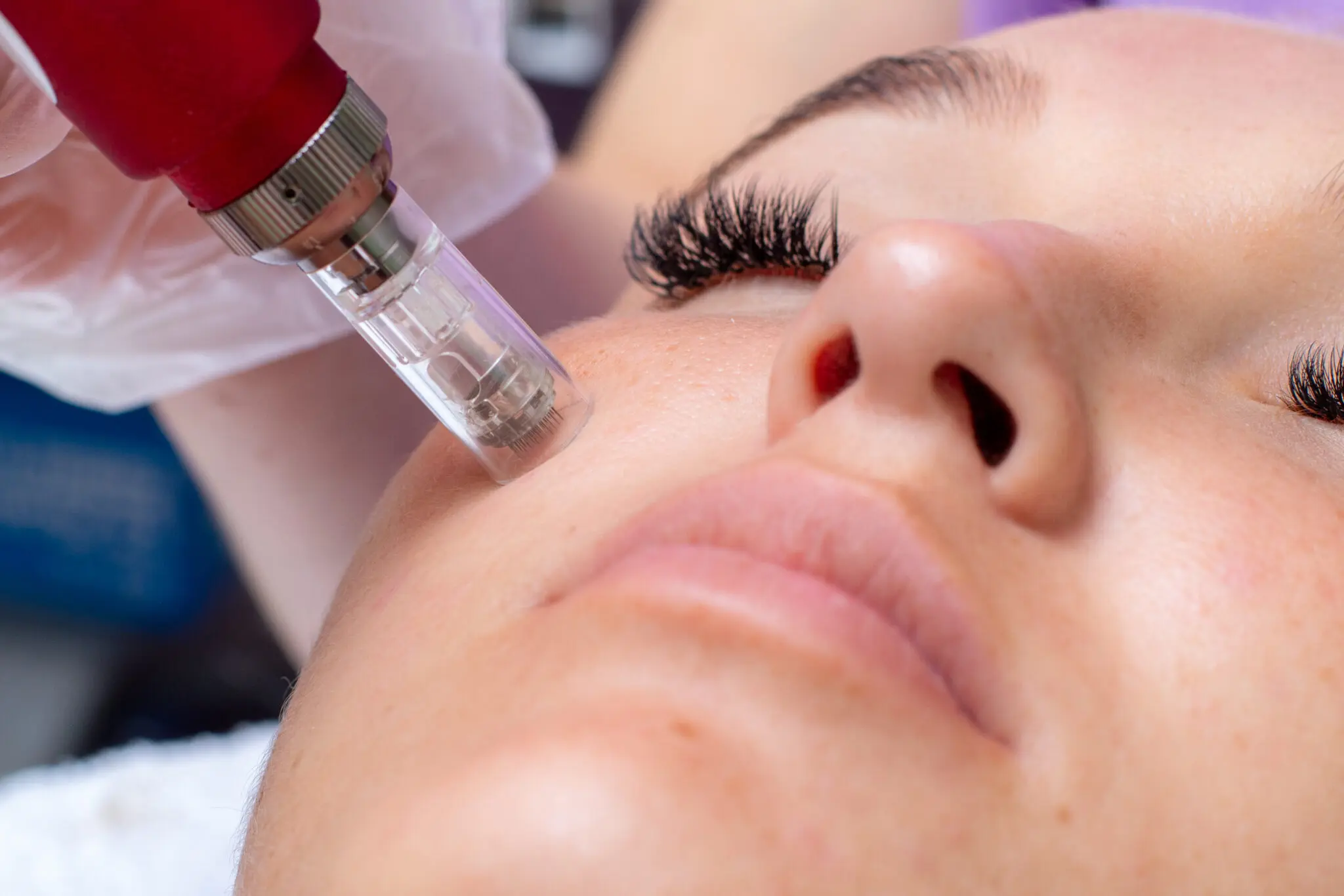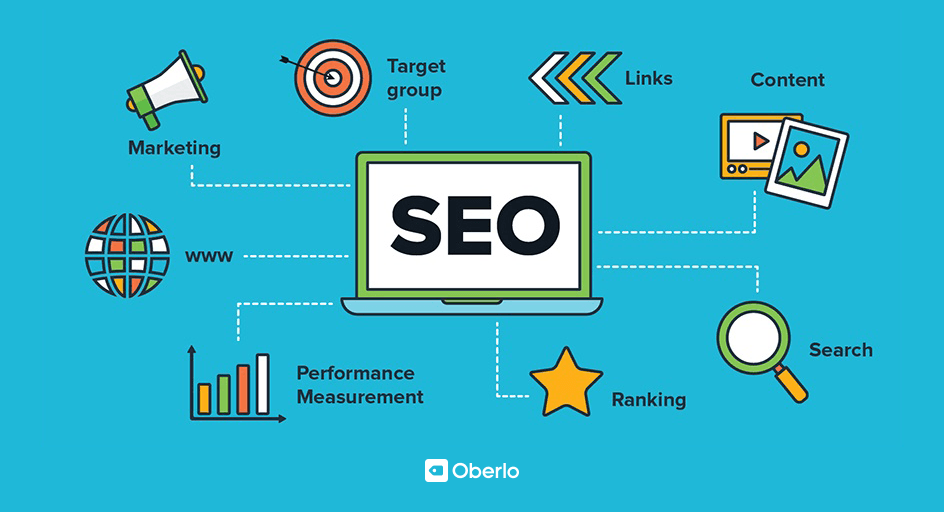Microneedling San Diego is a cosmetic procedure that can be very effective for improving pock marks, uneven tone, and rough texture. It can also treat other cosmetic issues such as stretch marks and enlarged pores.
The pinpricks stimulate the skin’s natural wound-healing processes, boosting collagen production. That boost in collagen makes the skin thicker, which minimizes pock marks and improves tone and texture. It also shrinks pores.

Acne scars are a frustrating skin issue. Whether you have deep pits (atrophic acne scarring) or pock marks that are left behind after severe acne, microneedling can help. It stimulates new collagen in the treated area, which helps the skin heal and make the scars less visible. It also tightens the loose skin that can develop with age, which can also improve the appearance of scarring.
It’s important to note that this treatment won’t completely remove all of your scars, but it is one of the best treatments available for acne and can greatly reduce their severity. It’s also an excellent option for those with hyperpigmentation, which is common with acne and can leave dark spots on the skin. Microneedling can help to lighten and even the skin tone, restoring your confidence.
The needle pricks in microneedling create tiny wounds that are targeted to stimulate the healing process. They’re especially effective for depressed scarring, because they encourage the skin to produce collagen in that area and fill in any scars. However, it’s not recommended for raised scars like keloid scarring, as the microneedling process can aggravate those.
Microneedling can also reduce the appearance of pores. While it doesn’t pierce the skin like other treatments, such as dermaplaning, it still stimulates collagen in and around the pores. As a result, they look smaller and more even, and they’re less likely to get clogged with oil or blackheads.
It can be used on all skin types, but it’s important to use a good quality tool that creates clean and healthy wounds without any debris from the piercing tool. The Dermapen 4 is one of the best and most trusted devices available, and it has a built-in fluid guard system to prevent contamination.
It’s also important to avoid any skincare products that are too harsh or irritating right after your microneedling session. Using gentle, soothing products for the first week after your treatment will allow your skin to recover quickly. Then you can slowly add in active skincare products, such as anti-ageing serums, retinol and vitamin C, to maximise your results.
There’s nothing quite like having flawless, smooth skin. While it may seem impossible to achieve, treatments that can get you one step closer are advancing all the time. One of the most effective is microneedling or skin needling. This procedure may look scary at first glance but it’s actually safe, simple and effective for anyone willing to take the plunge.
It works by triggering your body’s natural healing process. After numbing the area, your practitioner will move a pen-shaped or rolling device with tiny needles over your face. The needles create small injuries in your skin, causing a bit of bleeding and triggering the body to send collagen to patch up these little wounds. This helps smooth out wrinkles, reduce fine lines and even out acne scarring.
You can also use it to reduce hyperpigmentation. It’s a great option for darker coloured skin because it won’t worsen the pigmentation the way lasers can sometimes do. Unlike lasers, skin needling can penetrate the deeper layers of your skin to encourage new cell growth and decrease the amount of melanin concentrated in the area.
For those with deep, pitted scars, skin needling is a great treatment because it breaks down the scar tissue and can make your scars less noticeable. It can also help with stretch marks, hair restoration and fine lines and wrinkles. However, it’s not good for keloid scars or raised bumps on the skin.
It can be done anywhere on your body and is very effective for thickening the skin, such as areas that show stretch marks or in those with thinning hair. It can also be done in conjunction with other treatments such as PRP, which enhances the regenerative effects of your microneedling sessions.
To maximize the benefits of your microneedling, it’s best to plan on a series of treatments that can span several months. This will give your skin enough time to heal between each session. It’s also recommended to use a derma roller at home in between treatments to help keep your skin fresh and glowing!
Stretch marks (aka striae) are permanent colored streaks that appear when the skin expands too quickly. They typically happen when you gain weight rapidly, during pregnancy, or during sudden dramatic changes in body size (like anorexia). They can also occur because of a medical condition that leads to rapid physical change like problems with the adrenal glands. Stretch marks are not harmful, but they can make you feel self-conscious.
Microneedling for stretch marks is a highly effective cosmetic treatment. It works by stimulating the skin’s natural processes of regeneration to minimize the appearance of the stretch marks. It’s important to know that stretch marks will never disappear completely, but they can be made much less prominent.
The way that microneedling reduces the appearance of stretch marks is by jumpstarting collagen and elastin production. The needles of a microneedling device penetrate the skin to a customizable depth, targeting the damaged tissue underneath the surface. The process is painless and safe for all skin tones.
A small amount of blood is drawn by the needles, which triggers a natural healing response. The blood flow increases, bringing in nutrients and triggering the creation of new tissue. The new tissue will fill in the gaps in the old tissue, which will shrink the stretch mark and make it less noticeable.
As the process continues, the new tissue will mature and strengthen. This will further decrease the appearance of the stretch mark and even out your skin’s texture and tone.
The new skin will also reduce the redness associated with stretch marks, making them less noticeable. It may take a few treatments before you notice the full effects.
If you are interested in trying microneedling to get rid of stretch marks, fine lines, or acne scars, contact us for more information or to schedule a consultation. We offer a wide variety of cosmetic treatments that can help you achieve your ideal look. We use an FDA-approved electronic fractional device called Dermapen 4 that is known for its ability to heal the skin naturally. It is safe for all skin types and is the perfect solution to eliminate imperfections that leave you feeling unhappy with your appearance.
If you have enlarged pores, microneedling may be a good treatment option for you. The process stimulates collagen, which plumps the area around the pore, making it look smaller. The treatment is also great for those who struggle with blackheads, which can be caused by hormonal changes, acne, and excess oil production. The controlled trauma of thousands of needle pokes will actually liberate and clear the blackheads during your treatment session, so you’ll walk away with fewer of them to worry about post-procedure.
A dermatologist will use a numbing cream to prevent pain as they gently punch holes in the first layer of your skin with a small specialized pen or device. The tiny injuries from this procedure trigger your body’s wound-healing response, causing new skin cells to produce and rise to the surface. This results in plumper, smoother and younger-looking skin with improved texture. It also fills in fine lines and wrinkles, fades sun spots and melasma, and can reduce stretch marks or other scars.
Microneedling works just about anywhere on your body, including the face, neck and hands. It’s especially effective in reducing the appearance of stretch marks caused by pregnancy, weight gain or rapid growth, and it can help minimize the look of crow’s feet or forehead wrinkles. It can even help tighten the skin on your face, resulting in firmer cheeks and a less “puffy” appearance.
While there are plenty of benefits to microneedling, it’s important to talk to your dermatologist before deciding if it’s right for you. If you have a blood disorder or are on anticoagulants (medicine that prevents blood clots), have frequent skin rashes, or are prone to cold sores or warts, this isn’t the treatment for you. It’s also not recommended for pregnant women or anyone with cancer or other medical conditions that could make the procedure more risky or cause complications.
